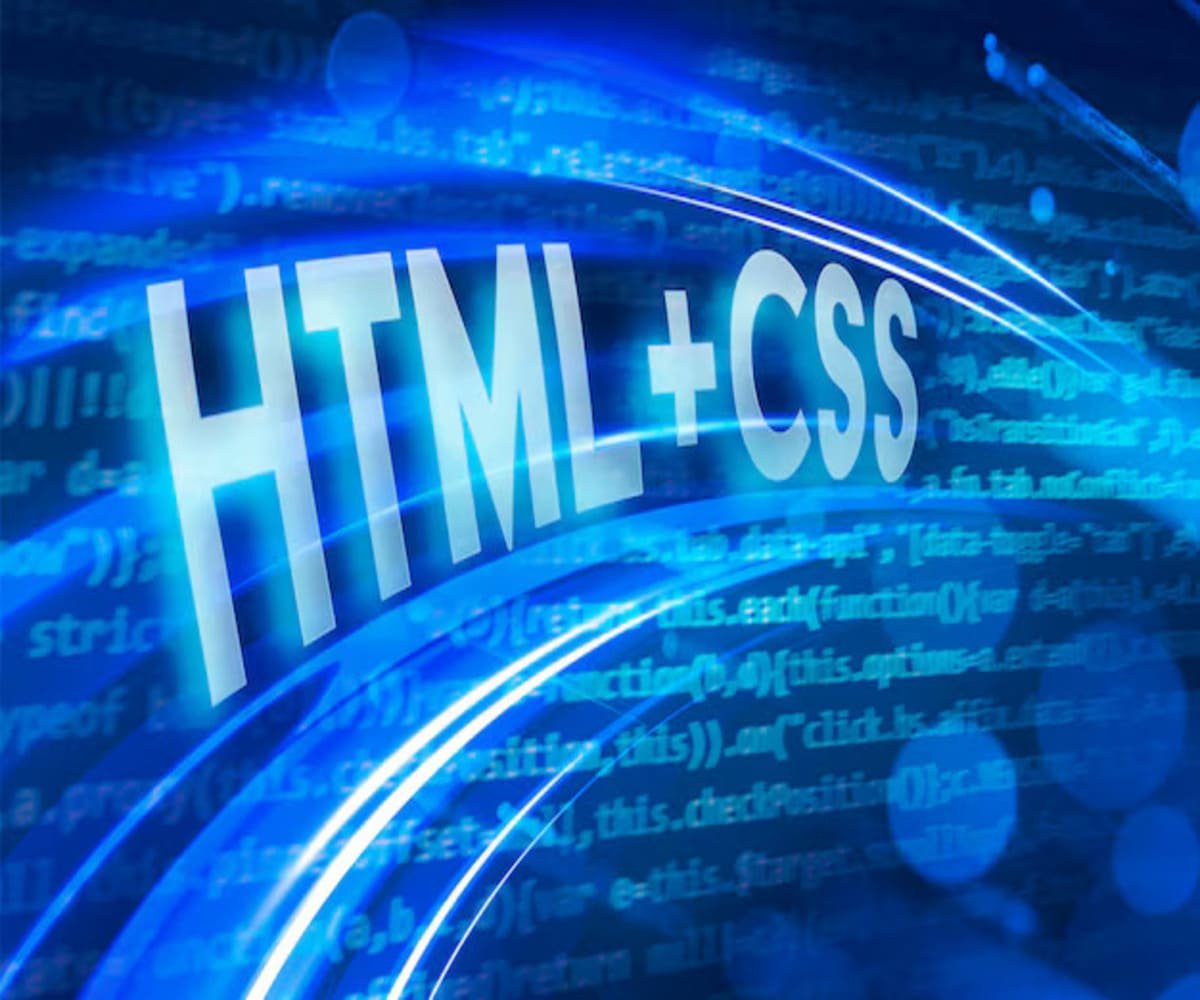Introduction to CSS
CSS (Cascading Style Sheets) is a crucial technology in web development that enhances the appearance and layout of web pages. It works alongside HTML to define the presentation of elements, including colors, fonts, spacing, and positioning.
Importance of CSS in Web Development
CSS plays a vital role in frontend development for several reasons:
- Design and Aesthetics: Enhances the visual appeal of web pages.
- Separation of Concerns: Keeps content (HTML) and design (CSS) separate for better maintainability.
- Responsive Web Design: Enables mobile-friendly and adaptable layouts.
- Cross-Browser Compatibility: Ensures a consistent look across different browsers.
Basic CSS Syntax
CSS rules consist of selectors and declarations, which include properties and values. The basic structure of a CSS rule is:
selector {
property: value;
}Example:
body {
background-color: lightblue;
font-family: Arial, sans-serif;
}Explanation of Basic CSS Components:
- Selectors: Identify the HTML elements to style (e.g.,
body,h1,.class,#id). - Properties: Define styling aspects like color, margin, and font size.
- Values: Specify the appearance (e.g.,
red,20px,bold).
Types of CSS
1. Inline CSS
Applied directly within an HTML element.
<p style="color: blue; font-size: 18px;">This is a paragraph.</p>2. Internal CSS
Defined within a <style> tag inside the HTML document.
<style>
p {
color: blue;
font-size: 18px;
}
</style>3. External CSS
Stored in a separate file (styles.css) and linked in the HTML document.
<link rel="stylesheet" href="styles.css">Key CSS Properties and Their Uses
1. Color and Background
body {
color: black;
background-color: white;
}2. Fonts and Text Styling
p {
font-size: 16px;
font-weight: bold;
text-align: center;
}3. Box Model (Margin, Padding, Border)
div {
margin: 10px;
padding: 20px;
border: 1px solid black;
}4. Positioning Elements
.absolute-box {
position: absolute;
top: 50px;
left: 100px;
}5. Flexbox for Layout
.container {
display: flex;
justify-content: space-between;
align-items: center;
}6. Grid for Advanced Layouts
grid-container {
display: grid;
grid-template-columns: 1fr 1fr;
gap: 10px;
}CSS3: Modern Enhancements
CSS3 introduces several new features and enhancements, including:
- Transitions and Animations:
button {
transition: background-color 0.3s ease;
}- Media Queries for Responsive Design:
@media (max-width: 600px) {
body {
background-color: lightgray;
}
}Best Practices for Writing CSS
- Use External Stylesheets: Improves maintainability and reusability.
- Keep Code DRY (Don’t Repeat Yourself): Use classes and avoid repetitive rules.
- Optimize Performance: Minimize CSS file size for faster page load times.
- Follow a Consistent Naming Convention: Use BEM (Block Element Modifier) or other naming methods.
- Ensure Cross-Browser Compatibility: Test styles in different browsers.
Conclusion
CSS is an essential part of modern web development, providing control over the visual presentation of websites. Mastering CSS allows developers to create aesthetically pleasing, responsive, and user-friendly web pages, ensuring an optimal experience across different devices and screen sizes.




